The Faculty of Political Science and Law of the Open University of China (OUC) invited Bao Jing, vice chair of and researcher with the Chinese Public Administration Society, to lecture on “modernisation of governance in a changing world” to OUC students and teachers.
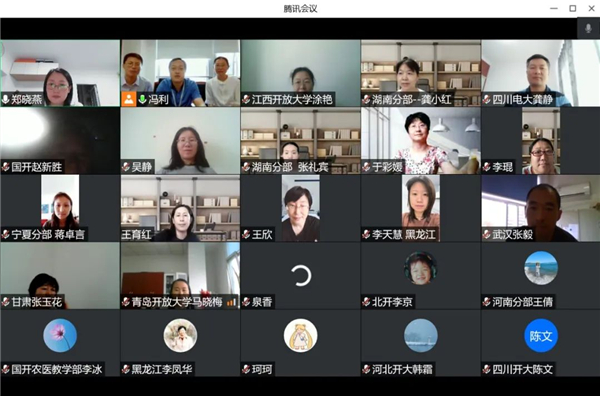 On 25 Nov. 2022, the central teaching and research group undergraduate programme in Public-service Management (Health Management) held discussions.
On 25 Nov. 2022, the central teaching and research group undergraduate programme in Public-service Management (Health Management) held discussions.
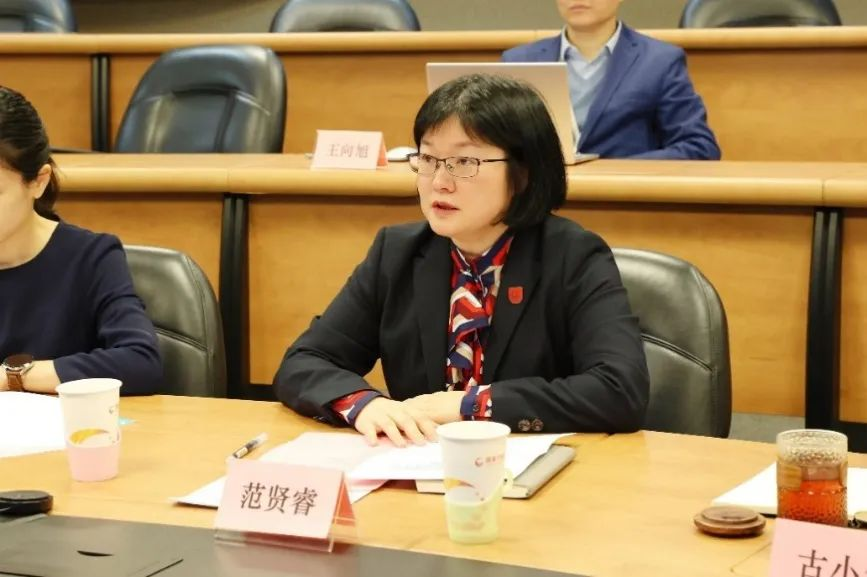 On 29 Nov. 2022, the Open University of China (OUC) held a seminar on Featured Discipline Construction & the 3rd Working Conference on the Adult-education Discipline Cooperation Programme.
On 29 Nov. 2022, the Open University of China (OUC) held a seminar on Featured Discipline Construction & the 3rd Working Conference on the Adult-education Discipline Cooperation Programme.
On 29 November 2022, the Third Academic Committee of the Open University of China (OUC) held its second plenary session, themed “accurately promoting output of high-level academic results”. Li Song, director of the committee, a member of the OUC Party Committee, and OUC vice president, attended.
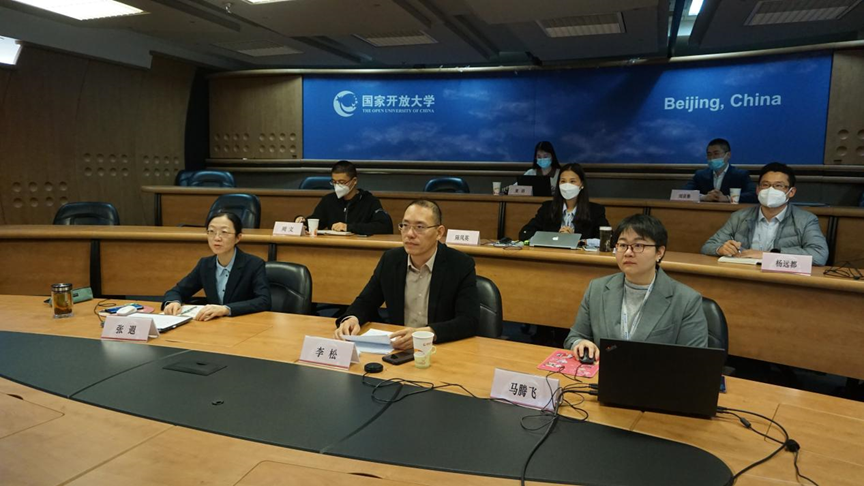 In order to strengthen the construction of sports majors at the Open University of China (OUC), deepen teaching reforms, enhance training, and promote consensus-building within its system, the OUC held a seminar on 23 November 2022.
In order to strengthen the construction of sports majors at the Open University of China (OUC), deepen teaching reforms, enhance training, and promote consensus-building within its system, the OUC held a seminar on 23 November 2022.
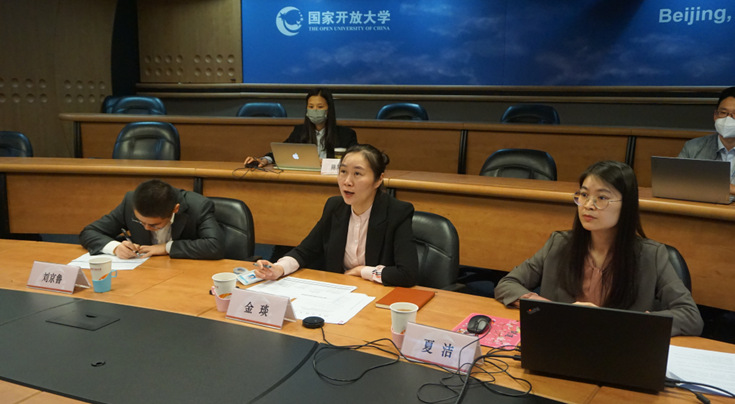 On 24 November 2022, the Open University of China (OUC) held the 2022 undergraduate-programme seminar on Public-service Management (School Management, Family Education and Social Education Guidance orientations) to deepen teaching reforms, enhance training, and strengthen the cohesion of the OUC system in constructing this undergraduate programme.
On 24 November 2022, the Open University of China (OUC) held the 2022 undergraduate-programme seminar on Public-service Management (School Management, Family Education and Social Education Guidance orientations) to deepen teaching reforms, enhance training, and strengthen the cohesion of the OUC system in constructing this undergraduate programme.
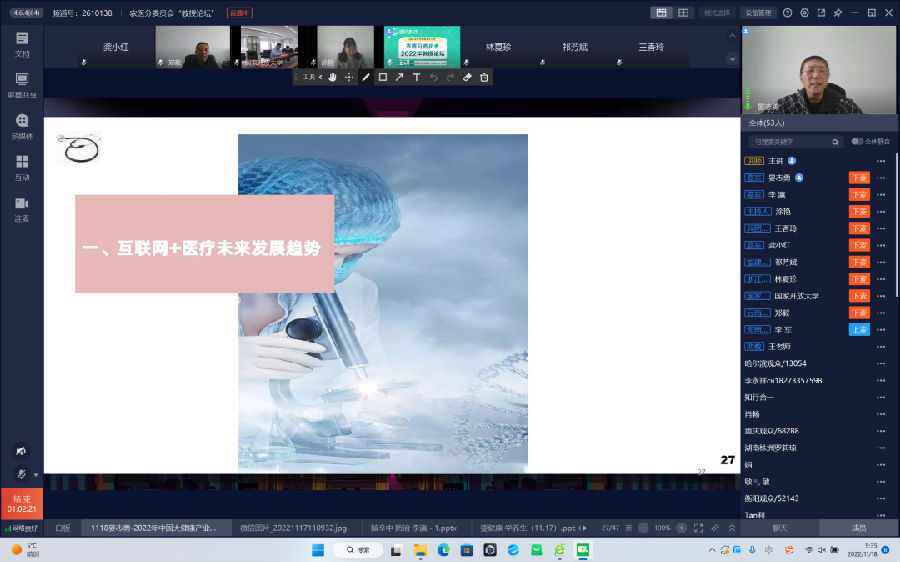 The Agroforestry and Medicine sub-committee of the Academic Committee of the Open University of China (OUC) held its 2022 professor forum on 18 November 2022, aiming to study and promote the spirit of the 20th CPC National Congress, advance the development of the Agroforestry and Medicine programmes, deepen teaching reforms, and improve the development of the discipline.
The Agroforestry and Medicine sub-committee of the Academic Committee of the Open University of China (OUC) held its 2022 professor forum on 18 November 2022, aiming to study and promote the spirit of the 20th CPC National Congress, advance the development of the Agroforestry and Medicine programmes, deepen teaching reforms, and improve the development of the discipline.
 On 11 Nov. 2022, the Open University of China (OUC) held a seminar related to its “Lectures by Famous Teachers from 100 Universities”. Its theme was “Smart Elder-care to aid Healthy Aging”, and it was held both online and offline.
On 11 Nov. 2022, the Open University of China (OUC) held a seminar related to its “Lectures by Famous Teachers from 100 Universities”. Its theme was “Smart Elder-care to aid Healthy Aging”, and it was held both online and offline.
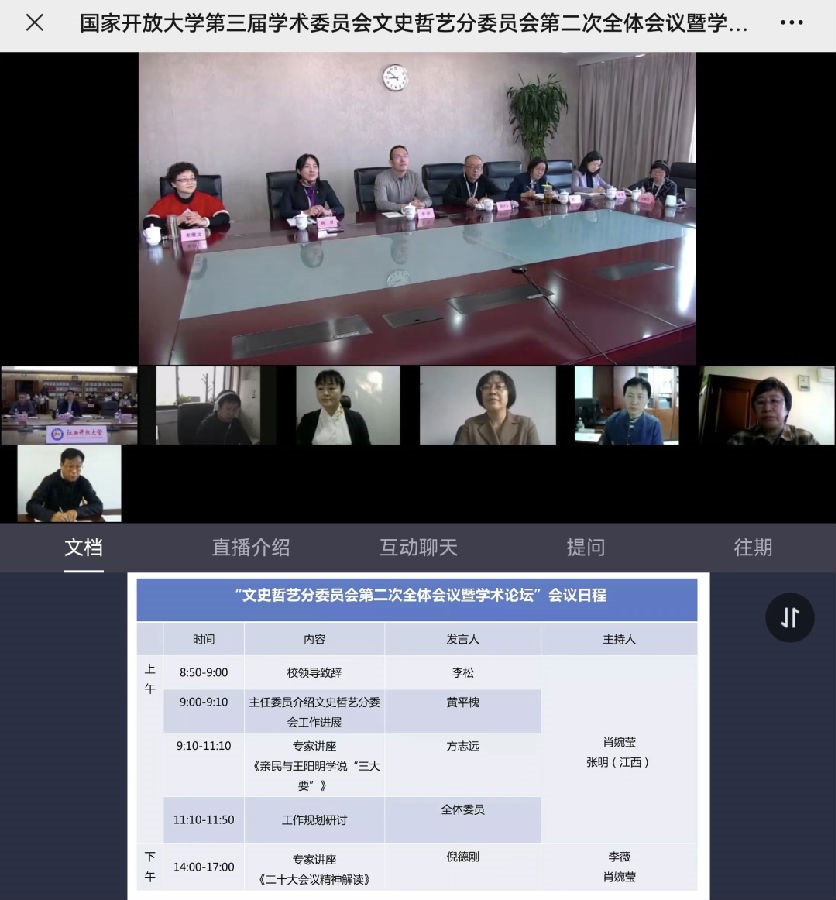 To promote the high-quality development of discipline construction and to upgrade the quality of teaching, training, and research, the Sub-committee of Literature, History, Philosophy and the Arts of the Open University of China (OUC) held its second plenary meeting and academic workshop on 8 November 2022 online and offline.
To promote the high-quality development of discipline construction and to upgrade the quality of teaching, training, and research, the Sub-committee of Literature, History, Philosophy and the Arts of the Open University of China (OUC) held its second plenary meeting and academic workshop on 8 November 2022 online and offline.
 In order to promote teaching reforms, the goal of fostering virtue through education, and teaching skills in both curriculum-based ideological and political education and art education, the Open University of China (OUC) has organised a variety of activities.
In order to promote teaching reforms, the goal of fostering virtue through education, and teaching skills in both curriculum-based ideological and political education and art education, the Open University of China (OUC) has organised a variety of activities.